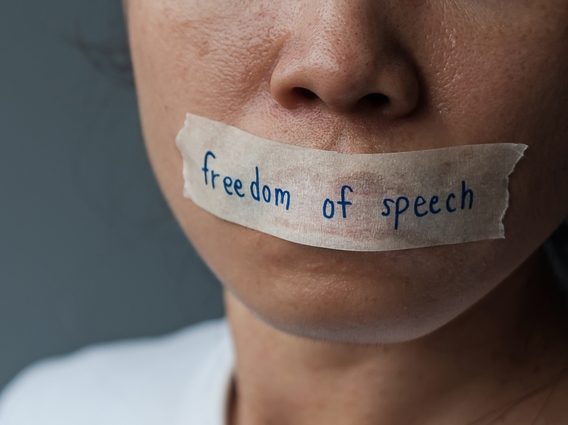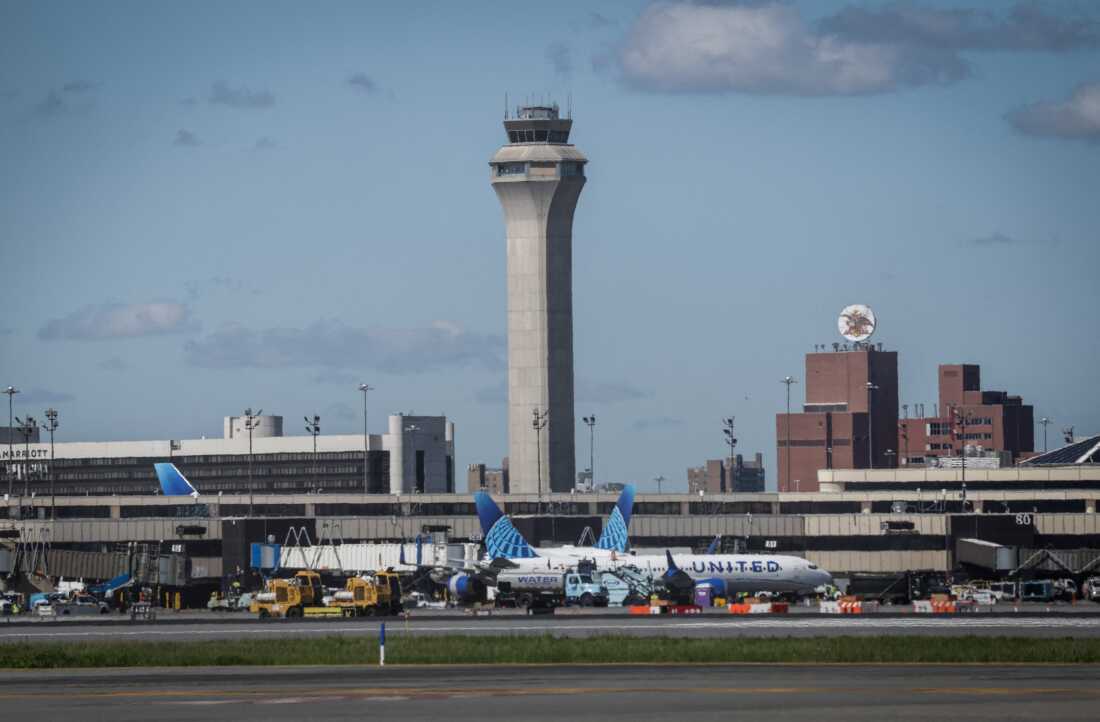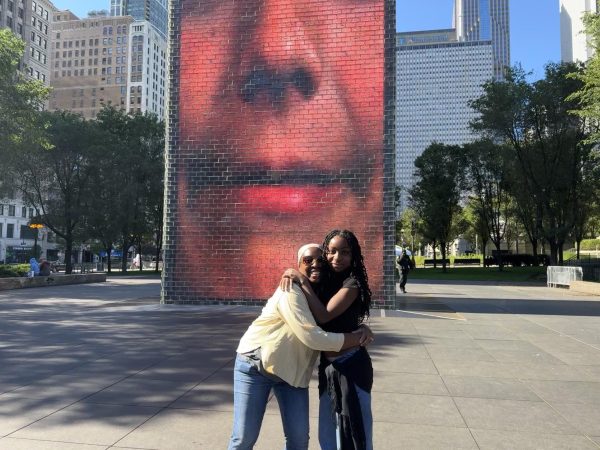Going to school every day is far from a choice. Students often dread classes, and many celebrate as each school week nears an end. But whether a joy or a burden, it is undoubtedly an important part of a student’s life.
I am a student at Montclair High School, and I have my own personal, very individualized opinions on our school- based upon my own personal, very individualized experiences. And, while I am aware of the importance of my own ideas, I believe it is imperative to reflect on and bring awareness to the wide spectrum of educational experiences of the entire student body, and to further formulate strategies by which all experiences can be enhanced.
Every single voice should be heard.
Any one individual’s background and perspective should, in theory, guide them towards a variety of classes, activities, clubs, etc. that will help to make their experience more meaningful. Ideally, these activities should be as readily accessible and widely publicized as possible- to every single student.
However, this can all prove extremely complicated at a school as big and complex as MHS, so I wanted to find out more about how others are affected and their thoughts- starting with the student body, all the way up to administration. I sat down with a few students, science teacher Susan Eckert, and Principal Jeffery Freeman to get their thoughts.
Diversity
Because of differences in perspective, it would be virtually impossible for a single study to be representative of every opinion on the school. However, talking to junior Brooklyn Awad and senior Cameron Hughley provided a valuable contrast in personal student experiences. For example, Hughley explained to me that he spent kindergarten to 4th grade in Minnesota. He said that although there was nothing bad about the experience, “the only problem [he] had with it looking back was that it wasn’t diverse at all,” saying he could “count the number of other black kids in my grade on one hand.” Montclair High School is obviously a welcome contrast to this lack of diversity. “I don’t think I’ve ever been somewhere where I can see this many different ethnicities all in one place. I really like that about the school, because as a black guy it’s great not feeling like the odd one out,” he said.
Awad, on the other hand, has never gone to school outside of Montclair School District. However, she, just like Hughley, had an overwhelmingly positive outlook on her MHS experience overall, saying that if she could change one thing about her experience it would be to “attend more football games.”
Obviously, the MHS student population is huge, with over 2,000 students. In addition to size, the remarkable diversity of the student body contributes to wide ranges of perspective and opinion. Mr. Freeman loves this rare quality of the school- I asked him about the implications of such a large population. “Size lends to diversity, not just in terms of race and ethnicity, but also in terms of socio-economic status, and the way we learn,” he said.
Diversity is extremely important, and one of the things that I found when surveying groups of students was that a very high percentage of students appreciate and value it here at MHS. According to a survey given to a group of almost 50 students grades 9-12, over 60% of students who responded said they value the school’s diversity, rating it higher than a 5 on a scale of 10. Many said their favorite thing about the school was the diversity, the community, and the many fellow students they get to meet and connect with every day.
Individuality, Relationships, and Preparing for the Future
With size here comes diversity and comfortability, but it can also contribute to a lack of individualism and attention to students. According to a survey given to a group of almost 50 students grades nine through 12, 39 percent of students believe class sizes are too big. Additionally, only 22 percent of students could confirm that they had a relationship with their school counselor. Ms. Eckert admits that it can be hard to teach her lab-based courses with classes sizes of 30 or more students- “as far as teaching in the classroom, it’s harder to meet everyone’s needs. The classes I teach are challenging and some students need more help adjusting. As the class size grows, there are an increasing number of students that need a little extra help,” she explained.
Mr. Freeman and Ms. Eckert describes ways students can have a more individualized experience while also preparing for life after MHS. In terms of dealing with challenges related to size, Ms. Eckert mentioned that Principal Freeman was extremely responsive to her request for an improvement in conditions to accommodate her class sizes. Both her and Mr. Freeman discussed the IMANI program, counselor outreach, tutoring, and college visits as resources available to students to aid their pursuit of the path they choose.
Mr. Freeman mentioned small learning communities (SLC’s), which are the smaller communities within the student body, where students take classes together and approach curriculum from a more specific angle. There are also many different course offerings, which “[were] created by teachers that were really passionate about something,” he pointed out. And, although he clarified that he was just one of many individuals with shared control over course curriculum, he noted that “[student] demand is what drives something [to be added to MHS offerings].”
One of the common threads between all the individuals I talked to was the significance of strong relationships in the school environment. Ms. Eckert, who is also a MHS parent in addition to teaching science, emphasized the positive relationships she sees between students and teachers here at MHS. “Overwhelmingly, when students ask for help, their teachers are very responsive. I think that overall teachers are very open and personable with students. Not every student clicks with every teacher but as a whole, I do think there is a lot of mutual respect and friendliness between teachers and students,” Eckert said. Mr. Freeman does what he can to maintain positive relationships with staff and administrators at school. “They have to be supported and heard so that they can do what they need to for students,” Freeman said.














